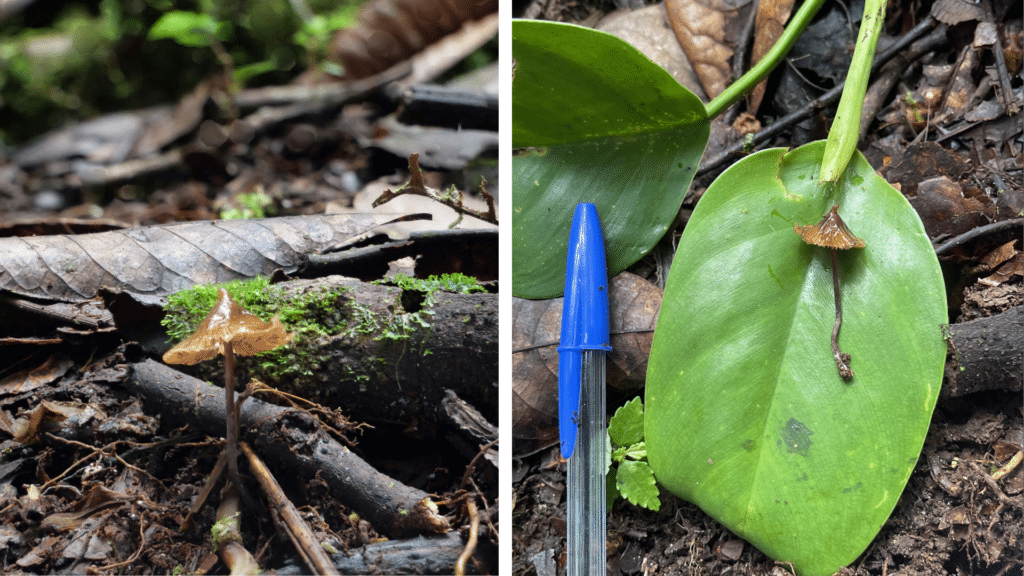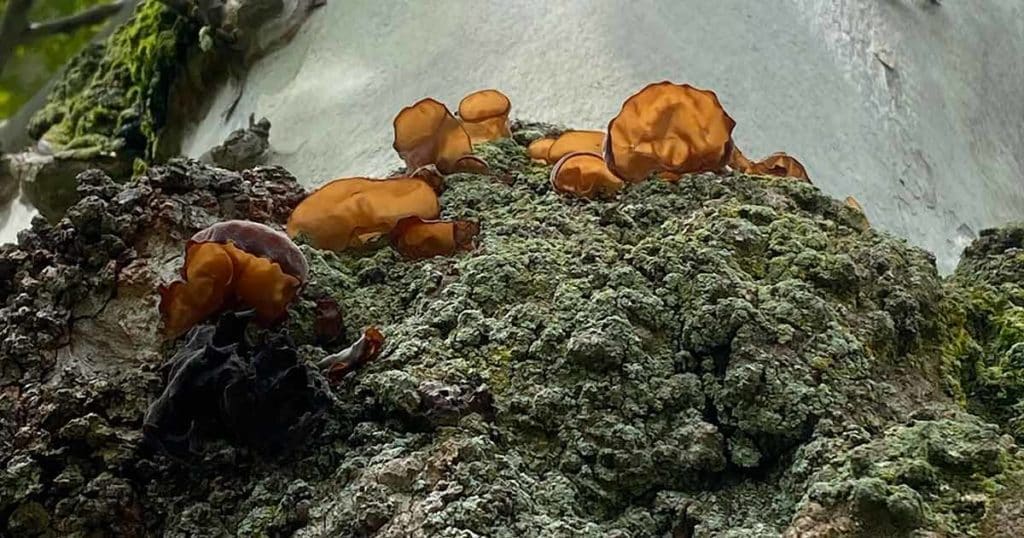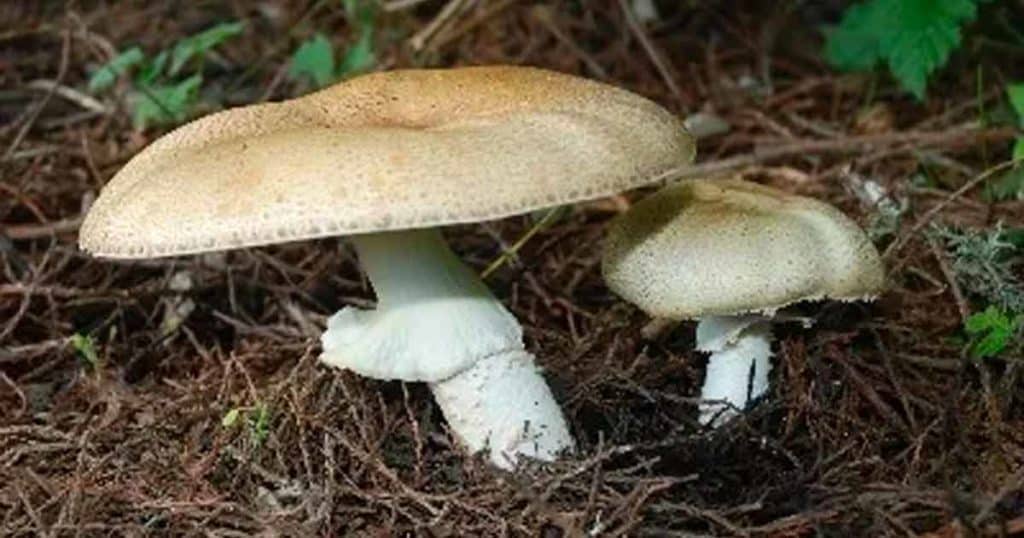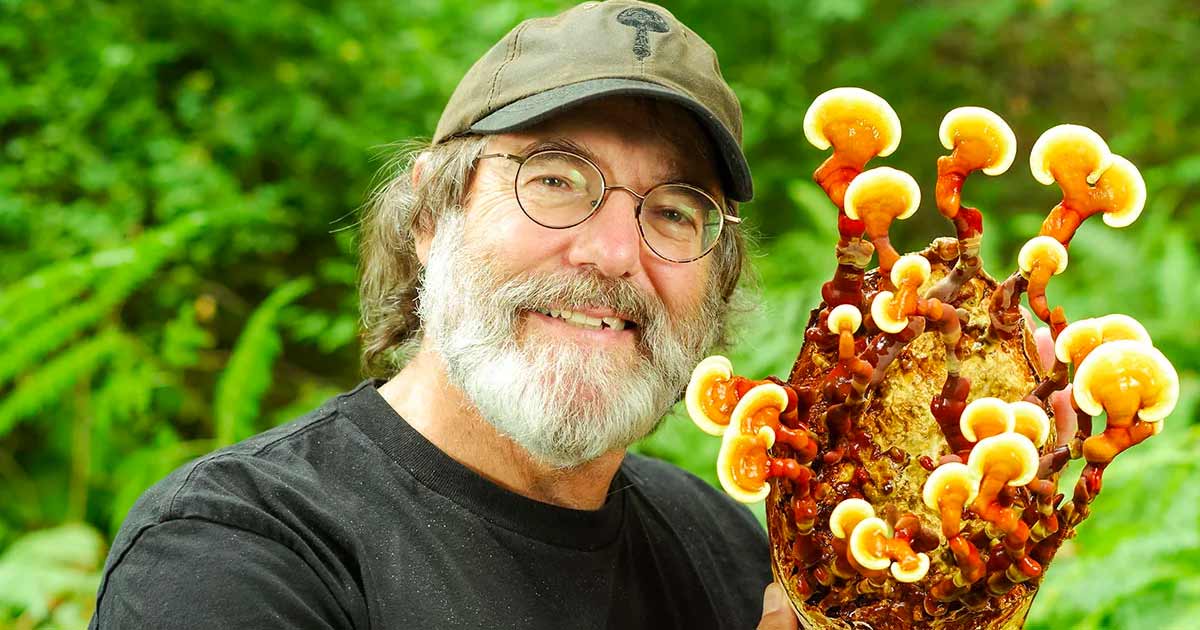After years of dedication to medicinal fungi and mycoremediation, advocate, entrepreneur, author, and world-renowned mycologist Paul Edward Stamets finally sees his name written in the stars, or should we say a new Psilocybe species discovered in Ecuador.
Psilocybe stametsii, a new species of magic mushroom, was first collected in 2011 by Dr. Bryn Dentinger of the University of Utah and in 2022 by Giuliana Furci of the Fungi Foundation. It was then found in a cloud forest in Ecuador’s Los Cedros Biological Reserve.

The new discovery was published using the Index Fungorum e-publishing tool, a tool hosted by the Royal Botanic Gardens, Kew. Species discoveries keep accelerating and are often named in a way that circumvents the hurdles of conventional scientific journal publication.
Stamets Accomplishments In Focus And Fitting For This Magic Mushroom
Stamets’ widespread contributions to the global appreciation and love of fungi are unparalleled, as well as his many significant accomplishments. He has spent most of his adult life in the relentless pursuit of advancing mycology and inspiring many others to share his passion, love, and appreciation for fungi.
During his professional career, Stamets authored a series of instructional books which beautifully explained how to cultivate gourmet and medicinal mushrooms. This book received global recognition. The book became such a success that it still remains the ultimate authoritative reference for mushroom cultivation to this very day.
Notably, Stamets also named the species Psilocybe azurescens in 1995. In 1996, Stamets published the book “Psilocybin Mushrooms of the World” and also named a new species of Psilocybe after Dr. Andrew Weil (Psilocybe weilii). After naming species, he finally has a fungi species named after him, and rightfully so.
According to online sources, Stamets said, “To be recognized like this is the greatest honor that a mycologist can receive, and that two renowned mycologists co-authored this discovery deepens my appreciation. I also feel a keen responsibility to further protect the mycodiversity of fungi in all their wondrous forms!”
Whether in his personal or professional capacity, Stamets has continued to inspire hundreds of thousands of people across the globe to love and appreciate fungi. He also continues to instill a sense of wonder in us all about fungi and continues to inspire global respect and the need for the protection of fungi.

A Momentous Occasion For A Plant Species
Naming this new species after Stamets is momentous and meaningful due to the fact that this species is a mushroom from the genus Psilocybe, which is very dear to him. A group with ancestral uses, Psilocybe, in 2023, is being studied as a therapeutic in modern medicine.
In current times, and with the rise in production of psilocybin, this genus is appropriate to garner the important name it does. Both Stamets and the genus are significant in their own right.
A Closer Look At Psilocybe stametsii
Regarding species characteristics, Psilocybe stametsii is a solitary species that stands at the height of a matchstick. Colored in shades of brown, this species blends in with its background of decaying leaves and soil. While similar to other magic mushrooms, Psilocybe stametsii has a distinct, recognizable feature, a sharp, pointy cap.
News sources continue to explain its characteristics, “ It is phylogenetically closest to an environmental DNA sequence from the soil in China and evolutionarily distinct from the other closely related known species of Psilocybe described from Bolivia, Mexico, and Puerto Rico.”
With minimal sightings, the species’ characteristics are not yet confirmed and can become different as more sightings are experienced. It is hoped that more research on this species will bring about a greater understanding of it.
The Impact Of Documenting New Fungi Species
The naming of Psilocybe stametsii, and its reference to its discovery is only just the start of an exciting path in fungi research and awareness. Unknown to most, only 10 percent of fungi are known globally. With every new discovery and documentation, a baseline foundation becomes more established and, therefore, useful for biodiversity monitoring. New documentation provides new sources of data which could benefit both human and planetary well-being.
With more discoveries in the future, fungi will certainly boast the same equal footing as plants and animals and be appreciated as complex organisms that form a Kingdom of their own. Soon, funga will join the fauna and flora.

“Enjoyed that first hit? Come chill with us every week at the Friday Sesh for a freshly packed bowl of the week’s best cannabis news!”
- Texas Expands Medical Cannabis Access with House Bill 46
- MMJ BioPharma Cultivation vs. the DEA
- Poll Shows Americans Back States’ Right to Cannabis Reform
- Restaurant Spotlight: Pizzeria Due – Where Deep Dish Pizza Becomes a Chicago Rite of Passage
- Maryland Leads the Way in Cannabis Pardons, Setting an Example for Much-Needed Cannabis Reform
- Military Construction and Veterans Affairs Bill Amendments Could Change Medical Marijuana and MDMA-Assisted Therapy Options for Veterans















